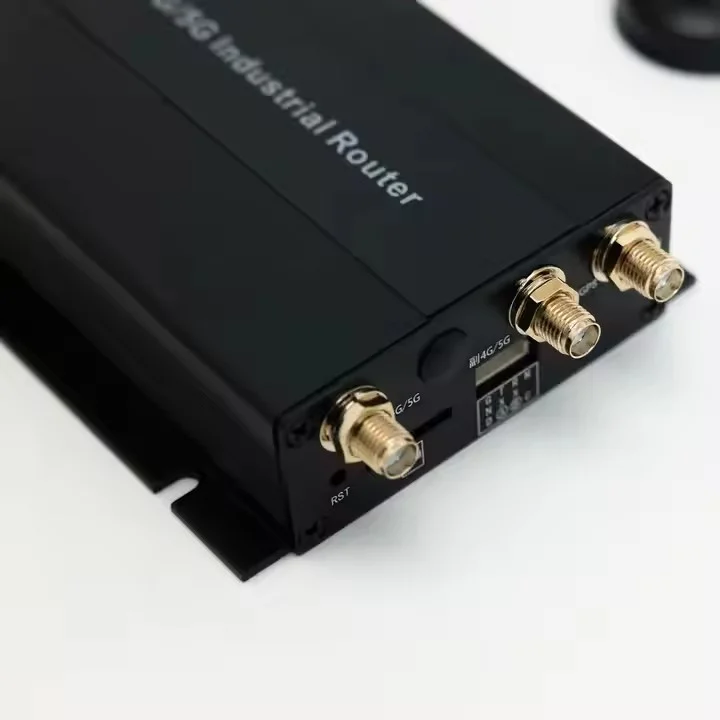In the realm of electronic circuitry, two terms that often perplex individuals are PCB (Printed Circuit Board) and PCB Assembly. While they may sound similar, they serve distinct purposes and play crucial roles in the functioning of electronic devices. This article aims to unravel the intricacies and shed light on the differences between PCB and PCB Assembly.
- PCB (Printed Circuit Board):
A PCB, also known as a printed wiring board, is a fundamental component in electronic devices. It serves as a platform for interconnecting various electronic components, such as resistors, capacitors, and integrated circuits, to create a functional circuit. PCBs are typically made of non-conductive materials, such as fiberglass or composite epoxy, with a thin layer of conductive copper traces etched onto them.
Key Characteristics of PCBs:
- Conductive Traces: PCBs feature a network of conductive traces that establish electrical connections between components.
- Mounting Holes: These holes facilitate the attachment of the PCB to the device or its enclosure.
- Solder Mask: A protective layer applied to the PCB to prevent short circuits and ensure proper soldering.
- Silkscreen: Printed component labels and indicators to aid in assembly and troubleshooting.
- PCB Assembly:
PCB Assembly, also referred to as PCBA, is the process of populating a bare PCB with electronic components to create a functional circuit board. It involves soldering the components onto the PCB, which can be done manually or through automated assembly machines. PCB Assembly is a critical step in the manufacturing process of electronic devices.
Key Aspects of PCB Assembly:
- Surface Mount Technology (SMT): The majority of modern PCB Assemblies employ SMT, where components are mounted directly onto the PCB's surface, allowing for smaller form factors and increased circuit density.
- Through-Hole Technology (THT): In some cases, larger or specialized components are inserted into pre-drilled holes on the PCB and soldered on the opposite side.
- Soldering Techniques: PCB Assembly employs various soldering techniques, such as wave soldering, reflow soldering, or hand soldering, depending on the complexity and requirements of the circuit.
- Quality Control: Rigorous testing and inspection procedures are implemented during PCB Assembly to ensure the functionality and reliability of the final product.
- The Distinctions:
The primary difference between PCB and PCB Assembly lies in their purpose and functionality. PCBs are the foundation of electronic circuits, providing the interconnection platform for components. On the other hand, PCB Assembly involves the process of assembling and soldering the components onto the PCB to create a functional circuit board.
While PCBs are designed and manufactured separately, PCB Assembly is the subsequent step that transforms a bare PCB into a fully functional electronic device. PCB Assembly encompasses the intricate process of component placement, soldering, and quality control, ensuring the reliability and performance of the final product.
Conclusion:
Understanding the distinctions between PCB and PCB Assembly is crucial for anyone involved in the electronics industry. PCBs serve as the backbone of electronic circuits, while PCB Assembly breathes life into these circuits by integrating components and ensuring their proper functionality. By comprehending these differences, manufacturers, engineers, and enthusiasts can navigate the world of electronic circuitry with confidence and precision.







